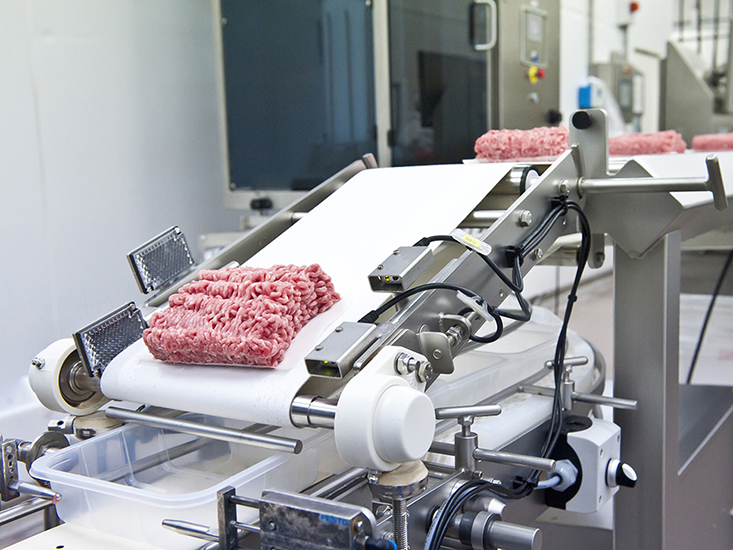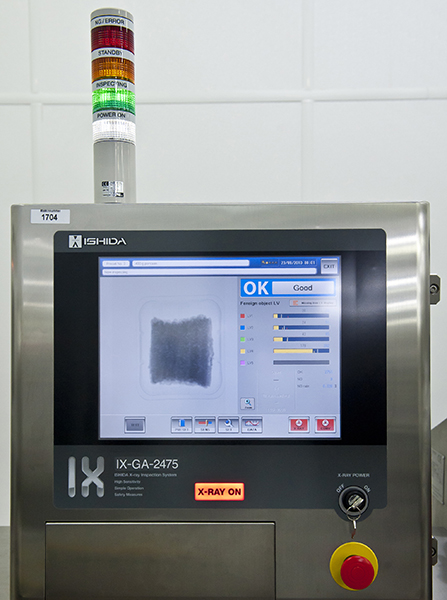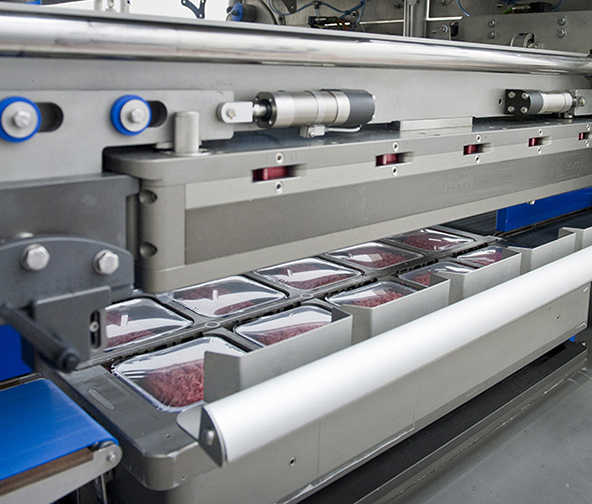“We were looking not just for more capacity, but for greater efficiency,” says Anders Snellman, Project Manager. “For us, it is not enough just to be present in the market,” confirms Technical Manager Marcus Snellman. “One always has to try to do better and better”.




